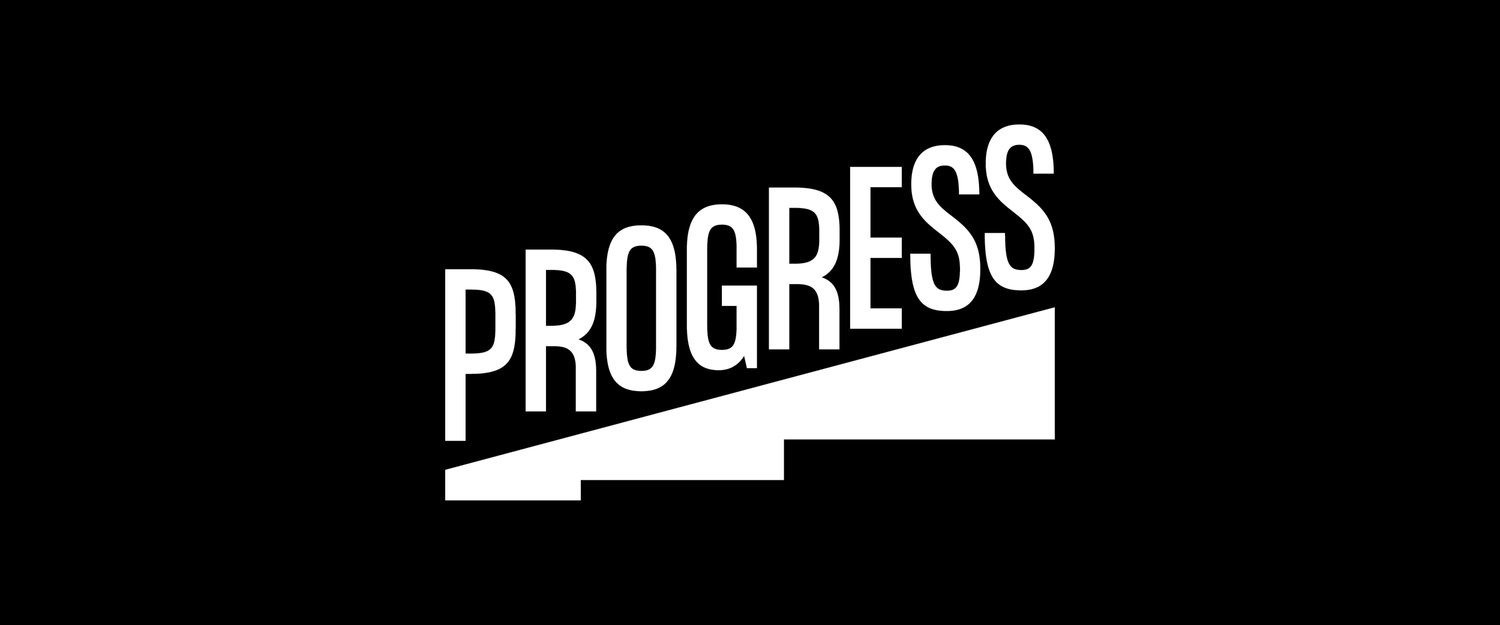
IN the world of organisational dynamics, understanding the intricacies of systems dysfunctions can be likened to analysing the layers of an operating system (OS) in a computer.
The strength of that OS, its adaptability and upgradability will determine its speed, efficiency, effectiveness and agility.
Similarly, an organisation is a system that must function harmoniously to achieve its goals.
This essay delves into the various dysfunctions that can plague organisational systems, drawing parallels to the OS in a computer to illustrate how each dysfunction impacts the overall health and performance of an organisation or a country in general.
By examining structural fissures, dysfunctional systems, lack of organisational learning, viral peculations, confused attitudes and actions, weak company culture and the pitfalls of short-term thinking, we can gain a comprehensive understanding of how to identify and address these issues to build a more resilient and effective organisation or Zimbabwe.
Structural fissures
Structural fissures refer to the cracks and weaknesses within an organisation’s framework.
These can manifest as unclear hierarchies, poorly or ambiguously defined objectives, overlapping roles or inefficient processes.
- Zim needs committed leaders to escape political, economic quicksands
- Bulls to charge into Zimbabwe gold stocks
- Environmental justice: Think big, start small
- Drum, percussion define Yenge Family
Keep Reading
When the structure is flawed, it hampers communication, decision-making and overall efficiency.
Addressing these fissures requires a thorough analysis of the organisational design and implementing changes that promote clarity and efficiency.
Dysfunctional systems
Dysfunctional systems are those that fail to achieve their intended purpose. There are many reasons to it.
This includes, but not limited to outdated technology, using obsolete models, poor management practices, or lack of alignment with organisational goals.
Like in a computer system, an outdated OS makes it hard to achieve specific things.
For example, you might remember that an operating system such as Windows XP was the talk of the day a decade ago, but now it’s outdated and it’s out of alignment with newer operating softwares.
When we bring it to our country, dysfunctional systems lead to wasted resources, decreased productivity and employee frustration.
Regular audits and updates are essential to ensure systems remain functional and aligned with the organisation’s objectives.
Lack of organisational learning
Organisation learning is one theme discussed by Peter Senge in his legendary book The Fifth Discipline.
An organisation that does not prioritise learning and development is at a significant disadvantage.
Lack of organisational learning stifles innovation, reduces adaptability and can lead to repeated mistakes.
Encouraging a culture of continuous improvement, providing training opportunities and fostering an environment where employees feel safe to share ideas and learn from failures are crucial steps to overcome this dysfunction.
Viral attacks
When a virus attacks an OS, its leads to a number of unintended commands.
A virus spreads misinformation or harmful practices within an organisation.
This can occur through gossip, rumours or unethical behaviour that goes unchecked.
Such issues can erode trust, damage reputations, reduce brand equity, and create a toxic work environment.
Establishing clear communication channels, promoting transparency and enforcing ethical standards are vital to prevent and address viral peculations.
Confused attitude
A confused attitude within an organisation often stems from a lack of clear vision and direction.
When employees are unsure of the organisation’s goals or their role in achieving them, it leads to disengagement and inefficiency.
Leaders must articulate a clear vision, set achievable goals and ensure that every team member understands their contribution to the organisation’s success.
Confused actions
Confused actions are a direct result of a confused attitude.
When there is no clear direction, employees may take actions that are misaligned with the organisation’s objectives.
This can lead to wasted efforts and missed opportunities.
Clear communication, regular feedback and alignment of individual tasks with organisational goals are essential to prevent confused actions.
Weak company culture
A weak company culture lacks the values, beliefs and behaviours that bind employees together and drive the organisation forward.
This can result in low morale, high turnover and poor performance.
Building a strong company culture involves defining core values, recognising and rewarding behaviours that align with those values, and fostering a sense of community and belonging among employees.
Thinking about the next election
Most companies, like our country, are always in an elections mode.
As leaders we need to stop campaigning and start governing. In many organisations, leaders may focus too much on short-term gains or popularity, akin to politicians constantly campaigning for the next election.
This mindset can prevent long-term strategic planning and sustainable growth.
Leaders should shift their focus from short-term wins to long-term governance, making decisions that benefit the organisation in the long run, even if they are not immediately popular.
Our country, like most organisations are plague by may systems dysfunctions.
If we don’t fix the system, it does not matter what that structure does, it won’t win. It’s like shooting bullets in the sky.
- Jonah Nyoni is an author, speaker, and leadership trainer. He can be contacted on X @jonahnyoni. WhatsApp: +263 772 581 918











